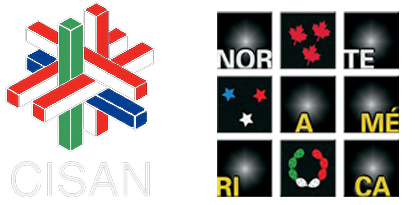Abstract
The attacks of September 11, 2001 in Washington (9/11), March 11, 2004 in Madrid (11-M) and July 7 and 21 in London (7-J and 21-J) have turned security into the central issue on international and regional agendas in North America and Europe, now spreading to other regions of the world. As a result of the terrorist attacks, security has developed into an important element of integration by becoming a catalyst for agreements oriented to building security communities. The most complete representation of the construction of a North American bloc can be seen in smart border agreements and in the Security and Prosperity Partnership of North America. Undoubtedly, the security component of North America as a region is increasing and the framework for trilateral convergence exists. In the EU case, the concern about safety was clearly the main basis of accords with a view to the approval of the European Constitution, and it will also strengthen the integration process. Today, consolidating the EU is a matter of security, so Europe is securitizing its agenda.Authors who publish with this journal agree to the following terms:
Authors retain copyright and grant the journal right of first publication with the work simultaneously licensed under a Creative Commons Attribution License that allows others to share the work with an acknowledgement of the work's authorship and initial publication in this journal.
Authors are able to enter into separate, additional contractual arrangements for the non-exclusive distribution of the journal's published version of the work (e.g., post it to an institutional repository or publish it in a book), with an acknowledgement of its initial publication in this journal.
Authors are permitted and encouraged to post their work online (e.g., in institutional repositories or on their website) prior to and during the submission process, as it can lead to productive exchanges, as well as earlier and greater citation of published work.



